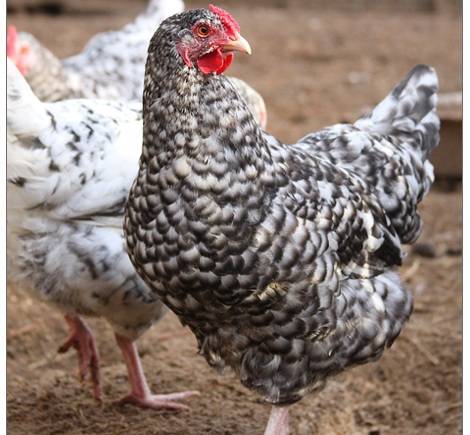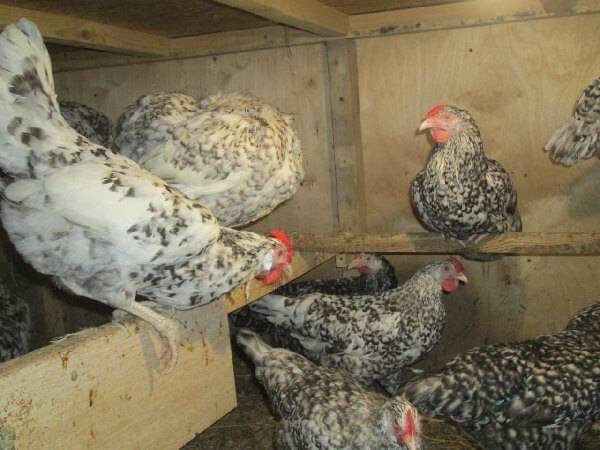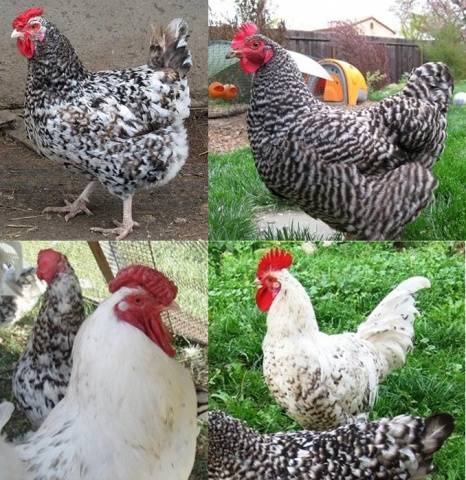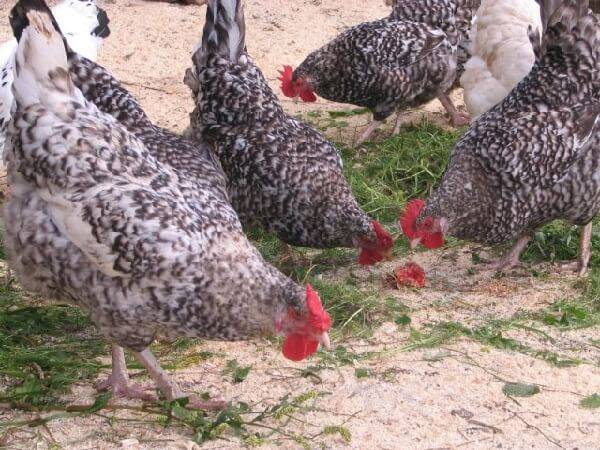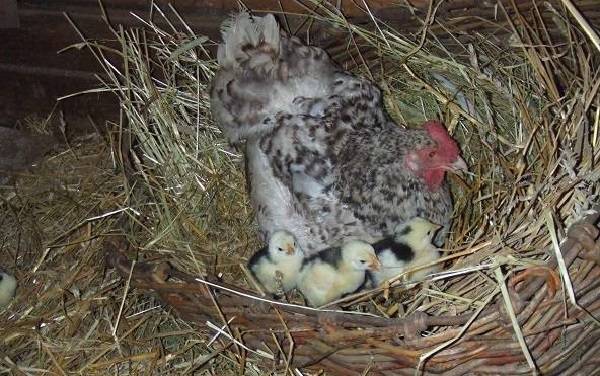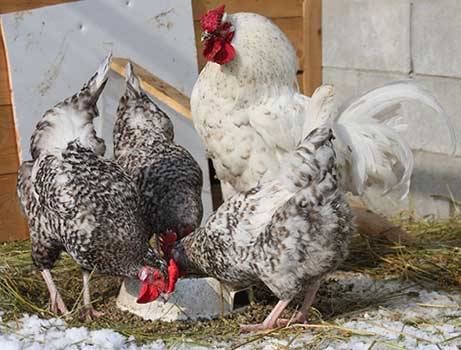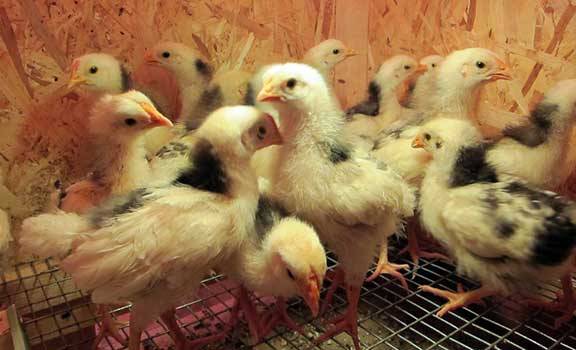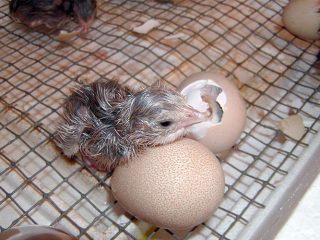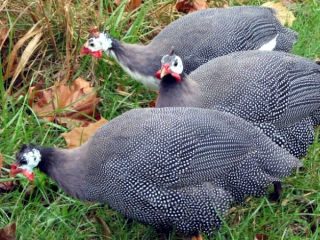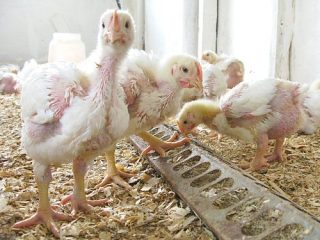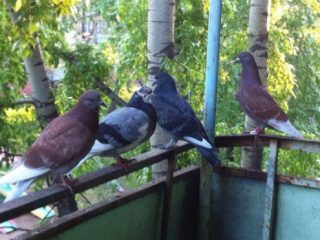Content
Almost 20 years ago, VNIIGZH received a new breed group of chickens, which in 2007 was registered as a breed called "Pushkinskaya". The Pushkin breed of chickens was not named so in honor of the great Russian poet, although after his "Golden Cockerel" the name of Alexander Sergeevich could also be immortalized in the name of the breed of chickens. In fact, the breed is named after the place of breeding - the city of Pushkin, located in the Leningrad region.
The practical experience of the owners of Pushkin chickens is at odds with the theoretical advertising information on Internet sites.
The origin of the breed
General information is the same for "virtual" and "real" description of the breed, therefore, with a high degree of probability, they correspond to reality.
At the same time, the breed was bred at two breeding stations: in St. Petersburg and in Sergiev Posad. The types were mixed among themselves, but even now the differences are noticeable.
Breeding began in 1976. The breed was bred by crossing two egg breeds: black and variegated Austrolopes and Shaver 288 Italian Leghorns. The result obtained did not satisfy the breeders, the egg indicators of the cross were lower than those of the parent breeds, with a small body weight of a standard egg laying hen. And the task was to get a universal chicken for personal farmsteads with high egg production and slaughter meat yield.
To eliminate the lack of weight, a hybrid of Austrolorp and Leghorn was crossed with a Russian broiler breed "Broiler - 6". We got a result that almost satisfied the authors of the breed group with a relatively high egg production and a large body. But the shortcomings in the newly introduced breed group still remained.
The standing leaf-shaped comb of chickens could not withstand the Russian frosts and the blood of Moscow white chickens was added to the new chickens in the St. Petersburg breeding center. The new population had a pink ridge, which to this day distinguishes it from the population of Sergiev Posad.
Description of the Pushkin breed of chickens
The modern breed of Pushkin chickens is still divided into two types, although they continue to mix with each other and, apparently, the breed will soon come to a common denominator.
Pushkin chickens are large birds of a variegated color, which is also called striped black, although this does not always correspond to reality. Due to the mixture of many breeds, chickens have certain deviations in one direction or another. In particular, hens of the Pushkin breed are darker than roosters. In roosters, white predominates in color. Also, the St. Petersburg type, to which an additional breed was added, may look speckled rather than striped. But on individual feathers, as a rule, black and white stripes alternate.
The head is medium-sized, with orange-red eyes and a light beak. The crest of the Sergiev-Posad type is leaf-shaped, standing, and of the St. Petersburg type, it is pink-shaped.
In the photo on the left are birds of the St. Petersburg type, on the right - Sergiev Posad.
The hocks of chickens are long with fingers wide apart. The long, high-set neck gives the "ruffled hens" a regal bearing.
Pushkin chickens have not acquired the size of broiler meat breeds. However, this is not surprising, initially the breed was planned as a universal meat and egg. Therefore, the main attention was paid to the quality of meat and the quantity of eggs.
The weight of Pushkin breed chickens is 1.8 - 2 kg, roosters - 2.5 - 3 kg. The St. Petersburg type is larger than the Sergiev Posad type.
"Kurochek Ryab" is bred today by private farms and private household plots.Buying reputable chickens from a farm is safer than buying from a private owner who may keep out-of-breed poultry. Especially if a private owner keeps several breeds of chickens at once.
Chickens begin to lay eggs at 4 months. Egg production characteristics: about 200 eggs per year. Egg shells can be white or creamy. Weight 58 g. But from this moment the discrepancies between theory and practice begin.
The owner of Pushkin chickens in the video using scales proves that the average egg weight of Pushkin chickens is 70 g.
Weighing (comparison) of eggs of hens of the Pushkinskaya and Ushanka breeds
The network claims that Pushkin chickens do not fly, are very calm, do not run away from humans, get along well with other birds. Practice shows that from what has been written, only the last is true. Chickens get along really well with other birds.
The weight of these chickens is small, so they fly well and actively run away from the owner, having naughty in the garden.
But for egg production, tasty meat, beautiful color and unpretentiousness, the owners of the Pushkin breed forgive her for the discrepancy between the descriptions on the sites and the real characteristics.
The differences between individuals of different types are in more detail on the video:
In the same video, the test owner shares his impressions of the Pushkin breed, including the differences between the descriptions of the breed on the sites and the real state of affairs.
Since the breed has not yet settled down, strict requirements are not imposed on the appearance of chickens, but there are certain defects in the presence of which the chicken is excluded from breeding:
- the presence of pure black feathers in the plumage;
- humpbacked back;
- an irregularly shaped torso;
- gray or yellow fluff;
- squirrel tail.
The breed has a number of advantages, for the sake of which you can put up with the excessive mobility and sneakiness of these birds:
- in Pushkin chickens, the carcass has a good presentation;
- endurance;
- unpretentiousness to feed;
- the ability to tolerate low temperatures;
- good chick preservation.
The percentage of egg fertilization in the Pushkin breed is 90%. However, fertility does not guarantee the same high hatch rate. Embryos can die in the first or second week. The safety of hatched chickens is 95%, but at a more mature age, up to 12% of the young may die. Mainly from diseases, from which no breed of chickens is insured.
Keeping Pushkin chickens
For Pushkin's, an insulated barn is not required, the main thing is that there are no drafts in it. If the plans are to keep chickens on the floor, then a deep warm bedding is arranged on it. But since the statement about the non-volatility of these "ripples" is false, it is possible to arrange standard chicken perches.
For laying eggs, it is better to arrange separate nest boxes lined with straw.
It is also undesirable to lay sawdust as a bedding on the floor, even in a thick layer. Firstly, dry sawdust cannot be tamped down to a dense state. Secondly, wood dust from sawdust, getting into the respiratory tract, causes fungal diseases in the lungs. Thirdly, the chickens will dig up the sawdust bed to the floor, even if they can be tamped.
Long blades of hay or straw become entangled and much more difficult to break apart.
Lay sawdust in chicken coop under straw is possible only in one case: if in the region straw is much more expensive than sawdust. That is, in order to save money.
For Pushkin chickens, outdoor maintenance is often used, but they will be grateful if they are given perches with a height of 80 cm and with a small ladder for lifting and lowering.
Feeding
Pushkin's are unpretentious in feed, like any village laying hen. Avoid giving them sour waste or birds eating sour wet mash in summer.
For this reason, you should not be too zealous with grain feed.
The shell and coarse sand must be placed in free access.
Breeding
Due to the mixing of breeds with a well-developed incubation instinct with those in whom this instinct is not developed during the breeding of Pushkin chickens, there are behavioral disruptions in the Pushkin chickens. The hen can abandon the nest after serving several days. To avoid such incidents, the chicks are hatched in an incubator.
To obtain an incubation egg, 10 - 12 females are determined for one rooster.
Reviews of the owners of Pushkin chickens
Conclusion
Pushkin chickens were bred as the classic village "ryaby" hens, adapted to life in the countryside and capable of giving the maximum result with a minimum of care. Their only drawback, from the point of view of a villager who wants to breed these birds, may be unwillingness to incubate eggs. But this is also fixable if there are other chickens in the courtyard.
